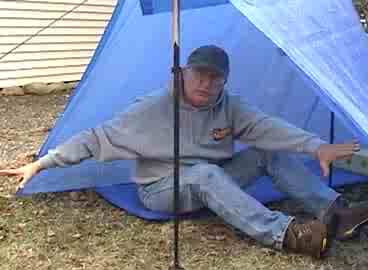
An emailer floated the term "visual relational aesthetics." That's more than I'd claim for myself but it's not half-bad. We need to start appropriating this terminology from these joyless Marxist a-holes.
"Relational" is already a confused mess. In the Minimalist era the term referred to the relations among parts in a work of art. Artists such as Donald Judd eschewed the relational in favor of obdurate objects that challenged you with their mere existence.
Then the dreaded Nicholas Bourriaud changed the focus of the term to social relations, theorizing a participatory, performative art such as Rirkrit Tiravanija cooking Thai food for art critics, I mean, the people, in the 1990s (a rehash of 1960s-70s performance art). Bourriaud's "relational aesthetics" had nothing to do with '60s relational aesthetics.
Now we have social relations on the Net in the form of Web 2.0 media. Young academics explore the sociological aspect of this "as art" but not so much the visual: puns, portmanteaus, superficial formal relationships interrogating underlying content relationships within the image-exchange context of aggregator websites. Whether the focus is on the graphics, the interchange, or the format, we could use more theory from a visual artist's perspective, rather than from the viewpoint of the latest political actor to take a wrong turn, wander into the art world, and find it eminently colonizable.



